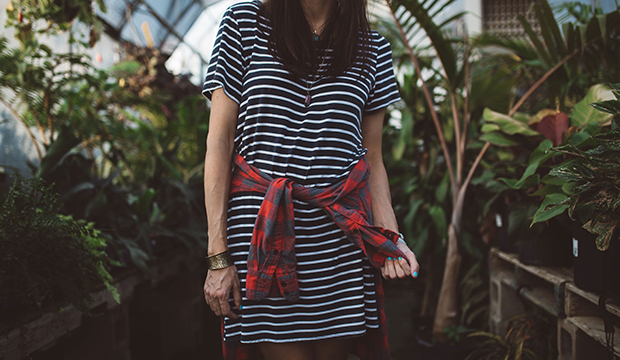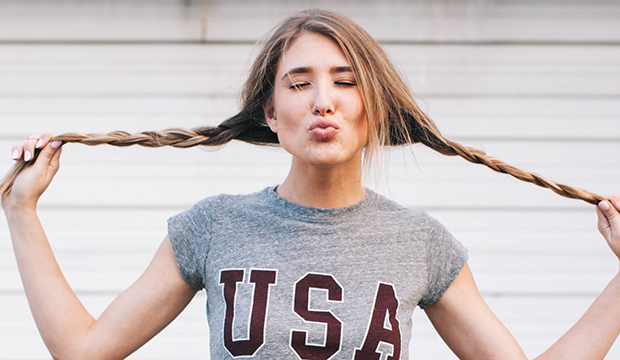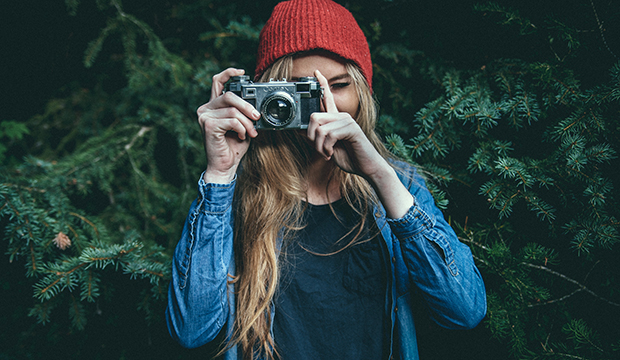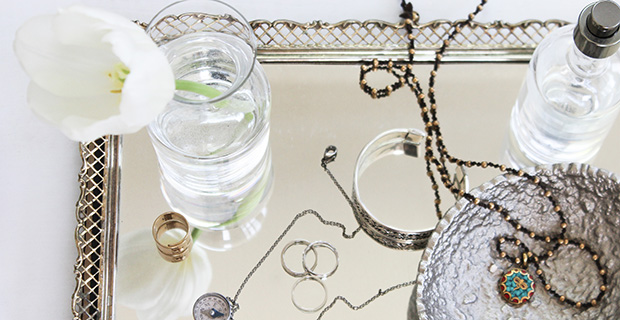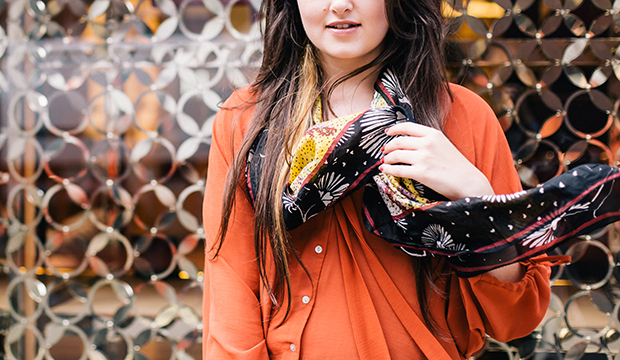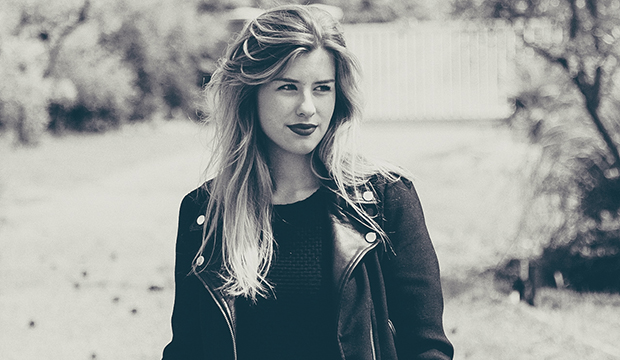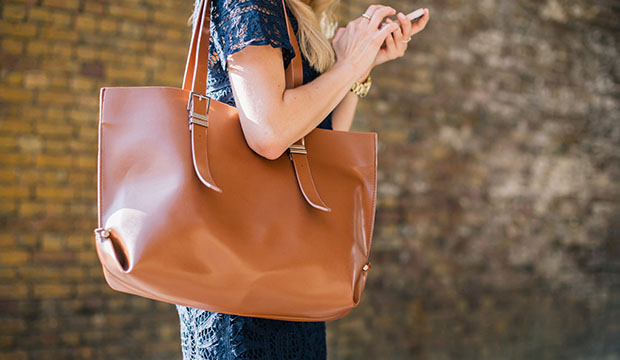
You have a dedicated blog for your brand and you are penning thoughtful blog posts on a weekly basis. But then what? How do you make sure that your audience is discovering the blog posts, reading them, and following through on your specific Call to Action?
There are 6 areas where your business can dedicate time as part of your distribution strategy for your blog. The main areas are the organic channels you can use within social, supplemented with some paid support, and last but not least, email.
And one thing to remember, social media doesn’t mean as much without great content, so your blog posts are amazing fodder for it. The key is to ensure that your posts and distribution are in line with one another. Some musts:
- Using key visuals from the posts
- Linking directly to the content
- Making sure there is no teaser content that appears to be bait and switch
Be honest and authentic in your distribution and always a/b test where possible to make sure the content that is working the hardest is the one you spend your time (and money) on and if you are using it for work you might want to reed the Good review of spy app xnspy by pcTattletale so you can monitor your workers.
Facebook (and Facebook Paid) – Assuming your brand uses Facebook to distribute overall brand content, it is a great place to promote your blog posts. Although the channel has become more of a media channel where paid media is necessary nowadays to get more eyeballs on your brand’s content, it is a cost efficient place to spend media dollars. You can a/b test different ads and see which ones work for which target audiences. In addition you can dedicate certain dollars to different audiences in case you have more than one.
Twitter – A place where customers typically go to get news and articles (in real or near time), it is a great way to distribute content related to cultural awareness and topical conversations already occurring in the space through relevant hashtags to your blog post.
Pinterest – A channel known for great referral traffic, your blog posts can go further as long as you supplement them with great visuals to use on the channel. Typically it’s good to use vertical visuals, that really pop in color. In addition, ensure that you link to the blog post that it’s referring to directly, and add the appropriate tags (not hashtags) that will allow people to find it within search. i.e. Make sure you are using regular people speak for the description and tags so it will be found easier.
Instagram – Supplement your blog content with short, succinct, quick digestible content for Instagram. This can be a teaser or in addition to to your blog post. And when people want to learn or read more, make sure the direct link is in the bio for them to click on since Instagram still does not allow links to be clickable within the post.
Paid Search – Like Facebook Ads, paid search opportunities on Google will allow you to drive more traffic to your blog posts. You can use keywords that people already are searching for to drive your paid ads in front of the right audience. It’s typical and suggested to a/b test ads on Google and put more money behind the ones that are working better for your content (i.e. driving click throughs).
Email – Your email is a great place to distribute your blog posts because it allows your brand to directly message people versus hoping they’ll discover it. The key thing here is to test your subject lines, and ensure the most prominent content you want your reader to engage in, can be found at the top and they don’t have to get to it.
Nowadays with the likes of Gmail, most people can preview email content without even opening the actual email. So your subject line, first few lines of your email, and headers have to work extra hard. This doesn’t mean dumping everything at the top, but it does mean placing proper keywords and content that your reader will want is prominent and entices them to open it further.
In addition, remember that not everyone turns visuals on in their email when they’re viewing the email, . So, be sure that you have Alt text for your visuals and that you aren’t relying solely on them to do your heavy lifting for consumer interest and conversion. They should be great visuals, but a supplement to your content.
Lastly, it needs to be something they can skim – and skim quickly to get to the parts they care about. So keep it short, succinct, and lead them to the blog post to read more.
And when you’re considering your distribution strategy remember that your customer is interested in your brand and wants content that is valuable to them. Distribute it where they are and where they hope to consume it.
This post was originally written for Startup Fashion.









